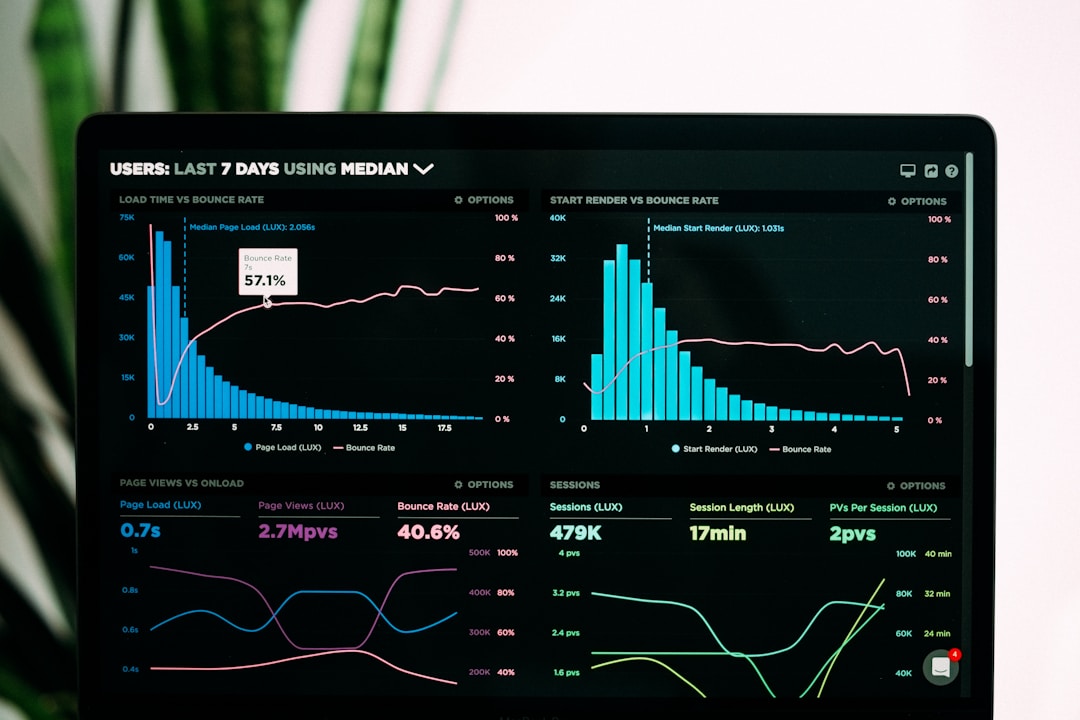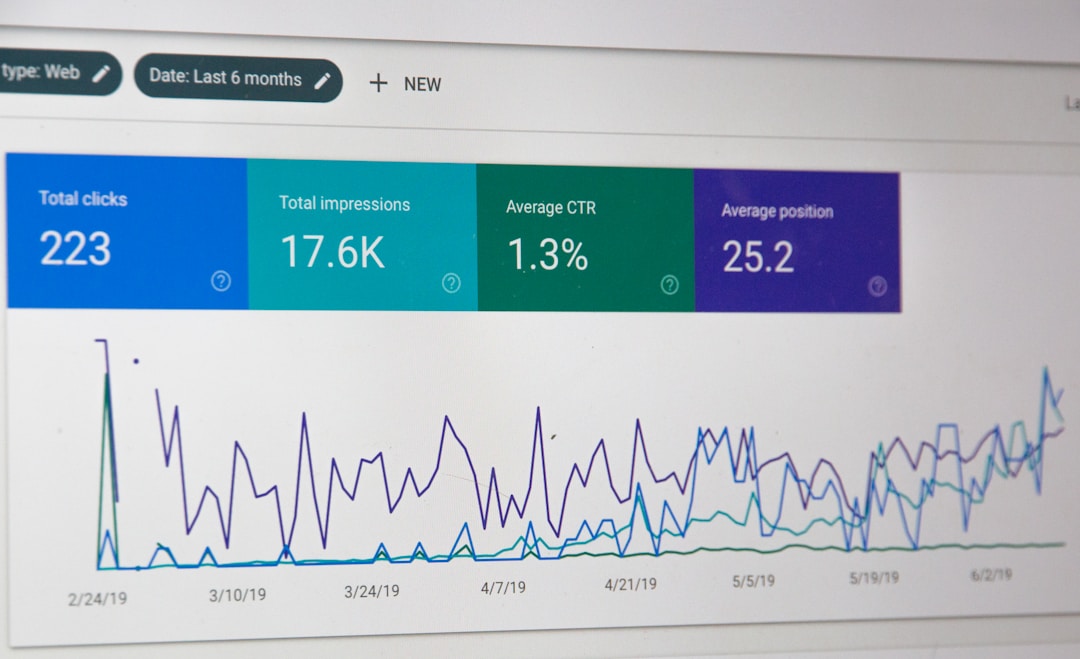Table of Contents
Having control of your company’s data is key to getting ahead in your marketplace in this digital transformation, but what good is data management if you can’t get a greater understanding of the insight it provides? That’s where using the right data virtualization software is helping business users uncover information and trends they weren’t aware of before. Let’s take a deeper look at what goes into making data virtuality come to light, and how the right programs can delve deeper into data sources than ever before.
What to Know About Data Virtualization

So, what is data virtualization software? It’s a system that acts as a bridge across multiple data sources to bring critical decision-making information into one place for analysis. Virtualization software offers a modern data layer that enables users to access, combine, transform, and deliver datasets with rapid speed, and without having to spend too much to gain insights into their business. Data virtualization technology gives users fast access to data housed throughout the enterprise, including in traditional databases, big data sources, and cloud and IoT systems.
With data virtualization, users can apply a range of analytics for fresh, real-time data updates. Through integrated governance and security, data virtualization users are assured their information is consistent and protected. Data virtualization allows for more business-friendly data, transforming native IT structures into easy-to-understand information that’s also easier to find and use via a self-service business directory. Data virtualization supports multiple lines of business, hundreds of projects, and thousands of users that can increase from project to enterprise scale.
Data Virtualization Capabilities

There are four central components that are needed to help businesses meet their data virtualization needs. It all starts with agile design and development. Businesses need to be able to take available data and discover hidden relationships, modeling individual views and services. From there, data analysts can modify as required to improve time to business solutions. The concept of data virtualization thrives on high-performance runtime. An optimized query executes a single statement, and the result is delivering the query in a proper form based on the data assets and platform.
Caching essential data, the application invokes a request to deliver data in a proper form. This capability boosts performance for business users through the properly maintained data architecture, avoiding network constraints, and allowing real-time access. Lastly, data virtualization software includes features for search and data categorization, browsing all available information through a selective directory. This allows businesses to collaborate with data scientists to improve the quality and usefulness of their information. This empowers business users with more data and improves business user effectiveness.
Use Cases of Virtualization

Use cases of data virtualization break down into three categories: analytics, operational, and emerging. Analytics cases focus on physical data integration prototyping, while operational cases take on more abstract data access layers. Emerging cases depend on cloud data sharing with IoT integration. Across all three use cases, there are regulatory constraints on moving data, promoting better and quicker access, as well as stronger security in building a deeper delve thanks to a proper storage structure.
Data virtualization software can be utilized across a variety of industry sectors including in communications and technology. Companies use virtualization to differentiate market research services, manage customer entitlements and improve customer insights. In the financial services realm, virtualization software addresses new client onboarding, while dealing with the complexity of mortgage data. Government, health care, and manufacturing can also all turn to data virtualization to turn raw data into an accessible form in the proper production environment. These analytics applications can be a game-changer to send a company to the next tier.

